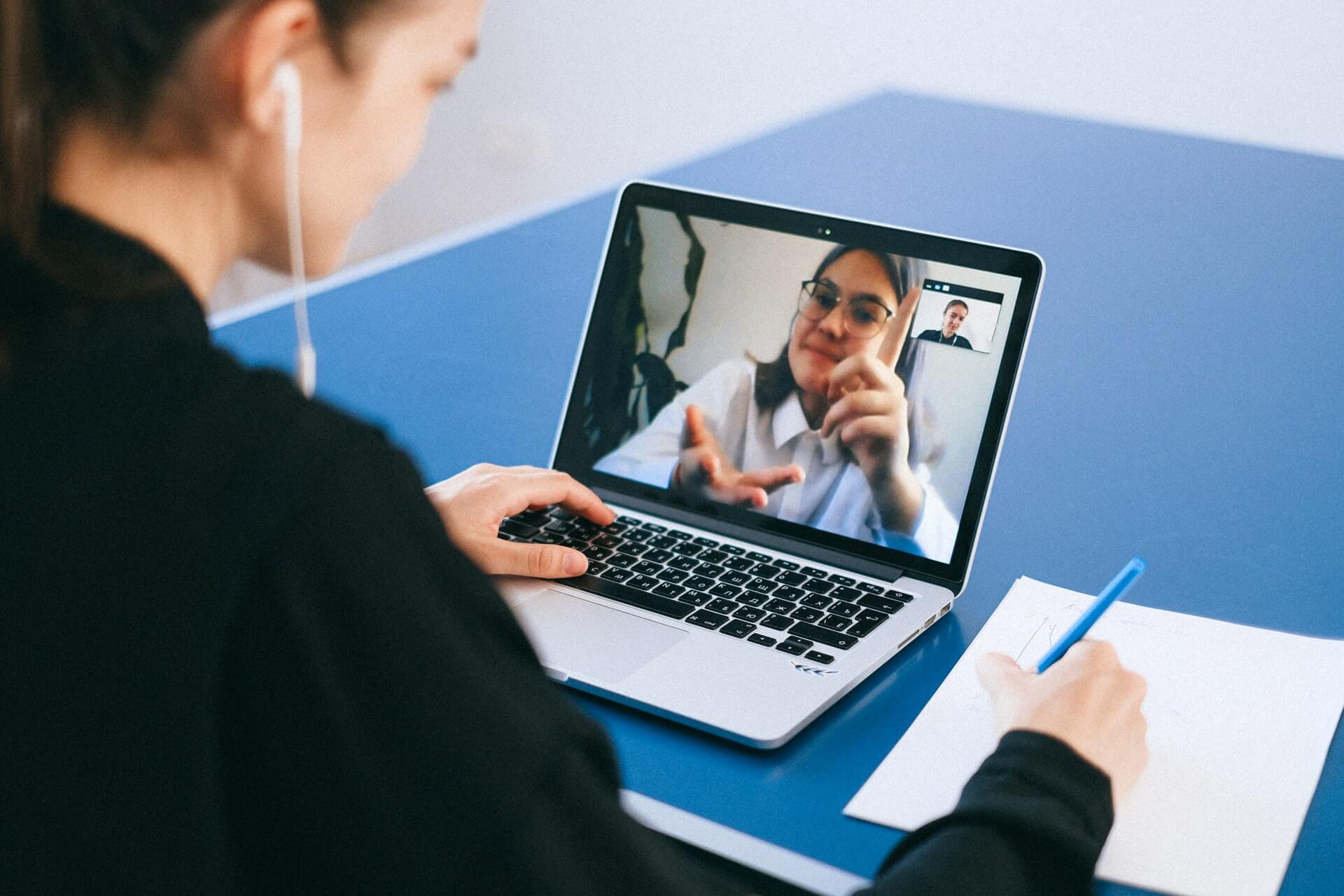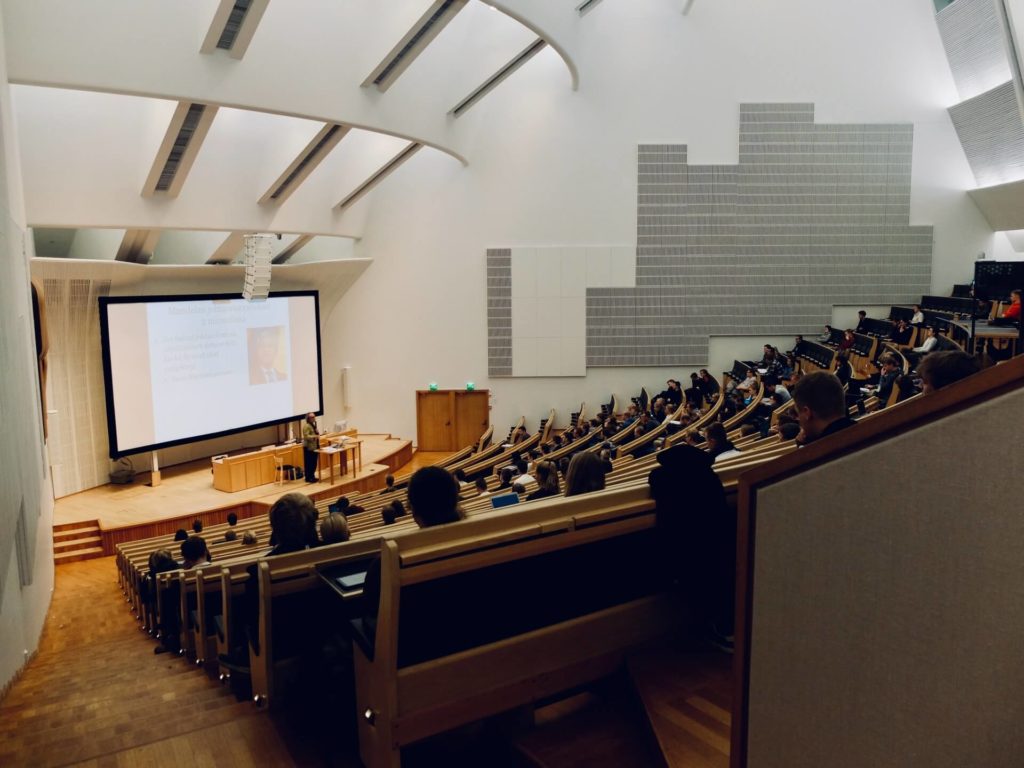Providing accessibility to individuals who are hard of hearing is critical. It provides independence to individuals, helping them to follow their desired career paths, enjoy activities and participate equally. The rise of accessibility implementation and awareness in the US is driven by both the 1990 Americans with Disabilities Act (ADA), as well as continuous technological breakthroughs.
With more technologies to choose from and greater advancements, closed captioning standards have reached new levels. The benefits are extensive. Closed captioning software is transforming video and audio accessibility.
Accessibility tools for the hard of hearing
In addition to captioning services, it’s important to consider the devices that hard of hearing individuals rely on.
In developed countries, 95% of the Deaf community utilize a smartphone to eliminate the communication-related obstacles they face in day-to-day life. There are a number of applications available which contribute. These apps include Ava, which instantly transcribes conversations within a group, and Sound Amplifier.
Mobile devices also feature various functionalities for individuals who are hard of hearing. Basic options include volume control, RTT and TTY protocols configuration to use live text as calls, vibration and visible alerts. Some phones also incorporate hearing aid compatibility and live captioning service.
In the home, assistive technology includes specially adapted alarm clocks and doorbells. When thinking about the online world and the amount of time spent on video and social media, equitable experiences should also be provided and considered. Verbit’s captioning technology provides a solution that aims to deliver a targeted 99% accuracy which open more possibilities to engage with audio and video content in a variety of settings.
The benefits of closed captions for accessibility needs
When it comes to audio and video accessibility, closed captioning offers positives gained for both users and businesses.
Those who are hard of hearing can better understand and consume video content with captions. Some individuals cannot consume content without captions. With Verbit’s help, businesses can add captions to all of their existing videos without dedicated significant time to do so. Businesses can then increase their video and content engagement and offer equitable experiences quickly.
Business leaders must also take note of various legal requirements pertaining to the use of captioning. While boosting video views and offering customers and content consumers with more ways to engage with content is key, the legal aspect should not be disregarded.
The rise (and rules) of closed captions
Closed captions have been around for around 50 years. Yet it wasn’t until the ADA was passed by Congress in 1990 did businesses really start considering ADA closed captioning requirements. This legislation meant businesses had to start ensuring the Deaf community was no longer excluded due to “auxiliary aids” not being present.
The rule meant the popularity of closed captions naturally increased. Yet, in recent years, with the shift to online videos and digital transformations, there has been a greater emphasis on closed captions and accurate captioning.
Along with the ADA, other important legislation such as the 1973 Rehabilitation Act and Individuals with Disabilities Education Act (IDEA) are often considered. Many entities – universities and businesses – have to adhere to these laws to demonstrate they’re not discriminating against others – such as those who are hard of hearing. Therefore, the need for closed captioning and a dependable technology solution became much-sought-after. Verbit was able to produce an AI-based solution to help individuals and businesses meet these requirements with peace of mind.
When and who should use closed captions?
Closed captioning is necessary in numerous industries. Universities, for example, must supply captions with high accuracy due to ADA requirements or they’re likely to face lawsuits. Captions can assist students who need text-based versions of what the professor is saying, as a way to offer hard-of-hearing students the same opportunities to succeed and consume course videos.
However, captioning no longer only serves those who need it, they can help many other individuals succeed who cannot consume video aloud. Businesses and schools can better serve commuters, students who work full-time and others by providing them with captions to improve the viewing experience. Even though captions are primarily targeted toward the hearing impaired, closed captions are beneficial for those that are in an environment where audio is either difficult to hear or muted intentionally – like at the library. Captioning can also assist non-native speakers learning or working in a new language.
Captioning can even help businesses and schools with their search engine optimization (SEO) efforts.
Quality counts
Accuracy is always imperative when it comes to closed captioning. If accuracy isn’t present, words and sentences can quickly get lost in translation, especially when considering the impact of accents and speech patterns. There may also be confusion about who is speaking or additional sounds in the background.
A business attempting to produce captioning in-house often recognizes significant time wasted, as well as inaccuracies which can do more of a disservice than service to those who are hard of hearing. This is where AI technology can help; it minimizes errors, speeds up the process, and recognizes words, terms and phrases in a way a human cannot.
It’s not just about accuracy, either. Effective delivery, where captions are supplied at a speed that is consumable by viewers – often in real-time scenarios – is also important. Verbit’s AI-driven technology has allowed closed captioning to be provided in live environments. Our technology has the ability to provide live captioning so viewers won’t be disjointed or distracted by it being out of time. Students are also then able to participate alongside their peers in real-time and without delay.
Closed captioning for audio and video has become expected in many industries. It’s no longer a “nice-to-offer” technology but one that is mandated by the law in many cases. To make schools and businesses more inclusive, leaders can only benefit from offering effective closed captioning software. To learn more about why Verbit’s is different, contact us: info@verbit.ai.





